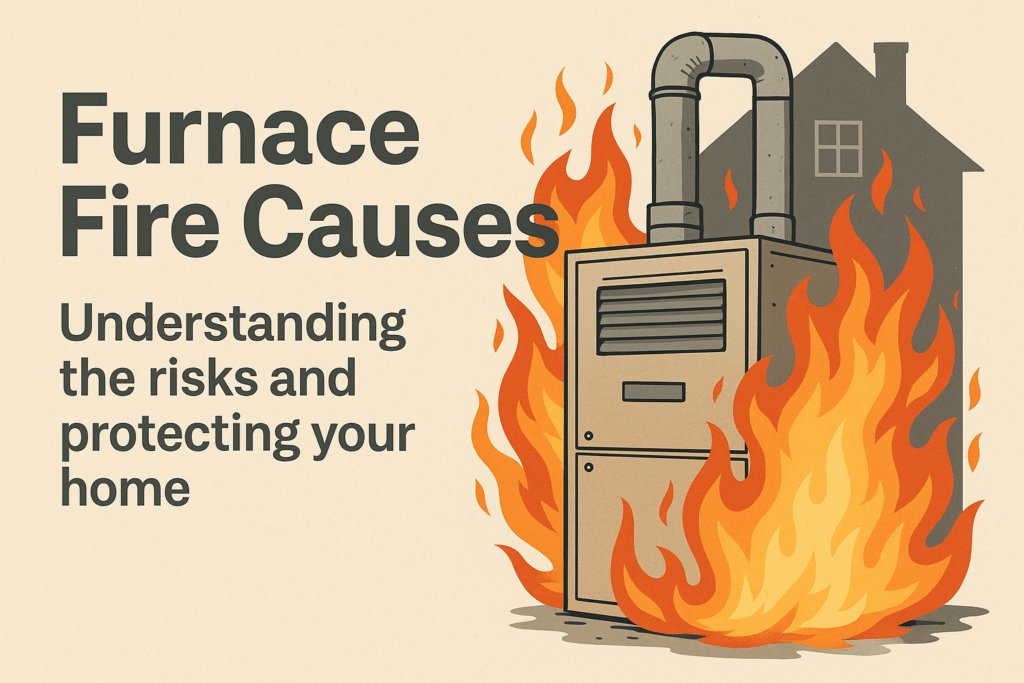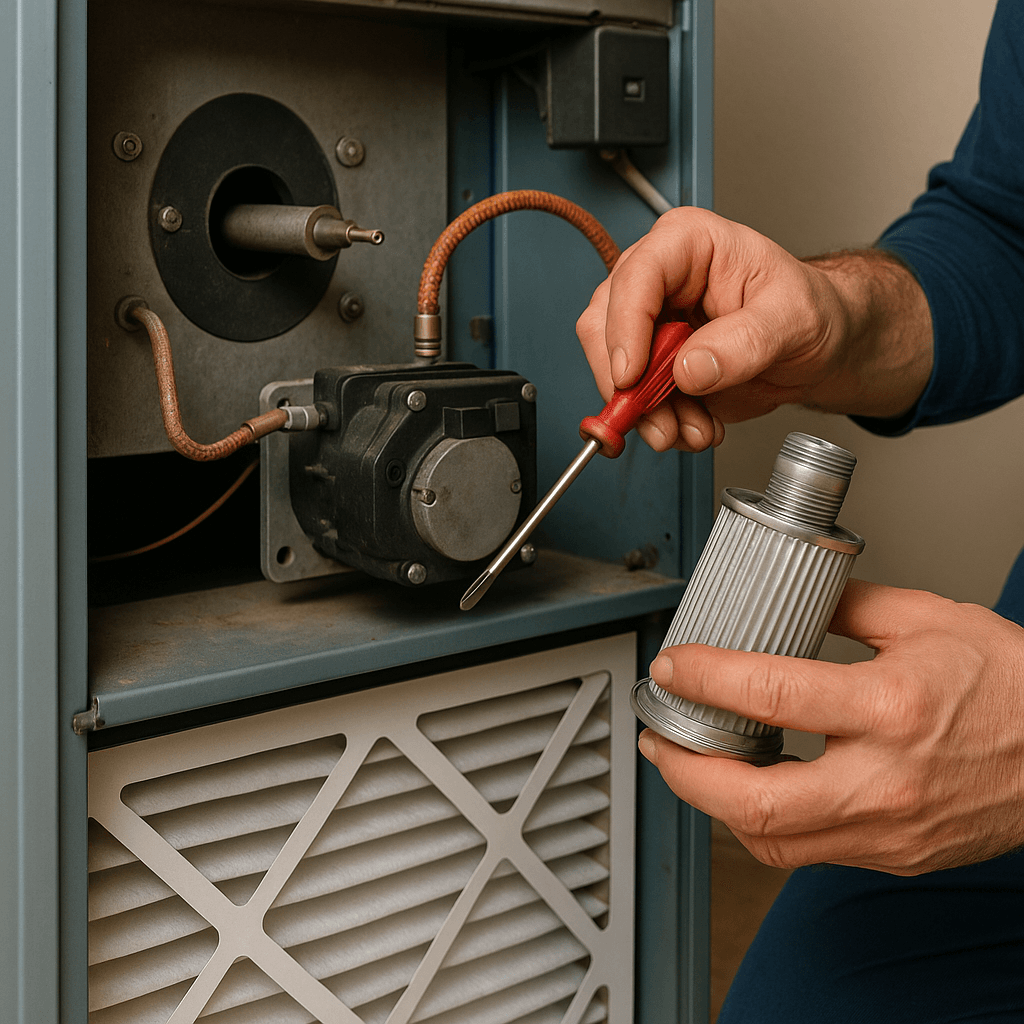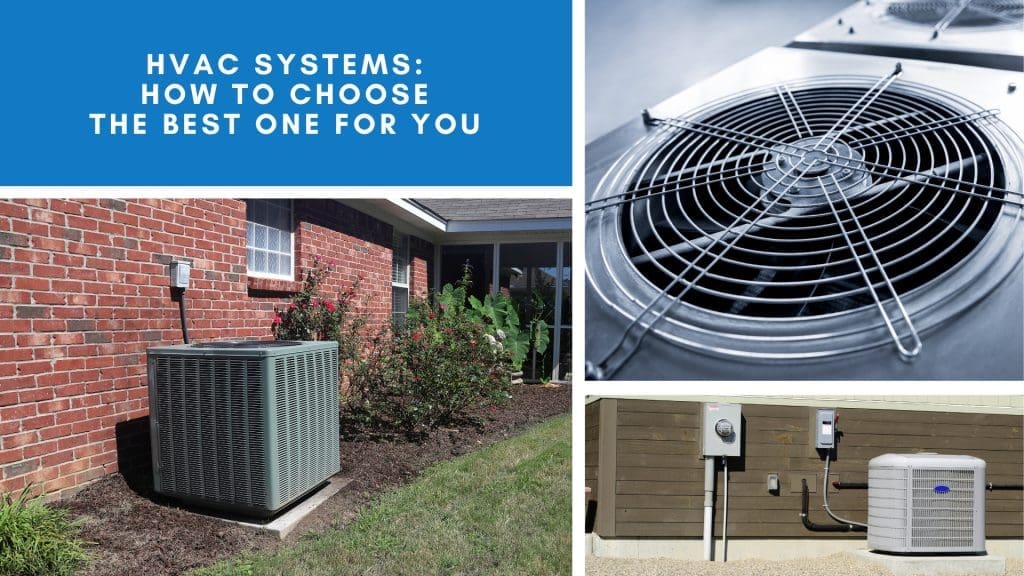Furnace Fire Causes are a serious threat to homes, but understanding their origins and how to prevent them can significantly reduce the risk. Whether you’re a small business owner, a work-from-home professional, or a stay-at-home parent, having a reliable furnace system is vital. Let’s delve into how furnaces can pose fire hazards and how proper airflow plays a critical role in preventing house fires.

Understanding Furnace Fire Risks
Can a Furnace Blow Up?
The idea of a furnace exploding might seem far-fetched, but under certain conditions, it can happen. Furnaces rely on controlled combustion to generate heat. If something disrupts this control, such as a gas leak or a malfunctioning component, it can lead to an explosion. Regular maintenance is key to preventing such hazards.

Furnaces are designed to operate safely under normal conditions, but neglect or malfunction can create a volatile environment. Gas leaks are particularly dangerous, as they can accumulate unnoticed until a spark ignites the gas, causing an explosion. It’s crucial to have a professional regularly check for leaks and ensure all connections are secure.
Another critical factor is the condition of the furnace’s components. Malfunctions in the ignition system or the presence of worn-out parts can compromise the combustion process. Ensuring that all components are functioning correctly through regular inspections can significantly reduce the risk of a furnace blowing up.
Heater on Fire: Identifying the Warning Signs
Several factors can lead to a heater catching fire. A dirty furnace firebox can lead to flame rollout, where flames escape the designated area, posing a significant fire risk. Soot buildup, often a result of incomplete combustion, can also indicate potential hazards. If you notice soot around your furnace, it’s crucial to contact a professional.
Recognizing warning signs early can prevent catastrophic failures. Unusual noises, such as banging or popping sounds, can indicate issues within the furnace that might lead to a fire. These noises often signal that components like burners or heat exchangers are not functioning correctly and need immediate attention.
Visual cues are equally important. If you observe any discoloration or scorching around the furnace or nearby walls, it could be a sign of overheating. Such signs should prompt an immediate shutdown of the system and a call to a professional for inspection and repair.
The Dangers of Rollout from a Broken Furnace
Flame rollout occurs when flames travel outside the designated burner area. This can be caused by a cracked heat exchanger or blocked vents. Not only does this increase the risk of a fire, but it can also release harmful gases into your home. Regular inspections can help identify and rectify these issues before they become dangerous.
The presence of flame rollout is not only a fire hazard but also a health risk. Harmful gases, such as carbon monoxide, can infiltrate your living space, leading to potential poisoning. Installing carbon monoxide detectors can provide an added layer of safety by alerting you to dangerous gas levels.
Maintenance plays a pivotal role in preventing rollout. Ensuring that all vents are clear and that heat exchangers are intact can prevent flames from reaching unintended areas. Scheduling regular professional inspections can help catch these problems early, safeguarding your home and family.
Air Flow and Its Role in Preventing Fires
Can Covering a Vent Cause a Fire?
Airflow is crucial in maintaining furnace safety. Covering vents can restrict airflow, causing the furnace to overheat and potentially catch fire. Ensuring that vents are unblocked and clean is an essential step in preventing furnace fires.
Blocked vents can lead to pressure imbalances within the furnace system. When vents are covered, the furnace must work harder to distribute heat, leading to overheating. This additional strain can cause components to fail, increasing the risk of fire.
Proper airflow ensures that the furnace operates within its designed parameters. Regularly checking and cleaning vents can prevent blockages and maintain efficient airflow. Educating household members about the importance of keeping vents clear can also help prevent accidental blockages.
How Does Air Flow Towards Fire?
Proper airflow helps maintain the right balance of oxygen in the combustion process. Insufficient airflow can lead to incomplete combustion, producing soot and increasing the risk of a fire. It’s vital to ensure your furnace has adequate ventilation to function safely and efficiently.
The combustion process relies heavily on a steady supply of oxygen. Without adequate airflow, the furnace cannot burn fuel completely, leading to soot accumulation. This soot not only poses a fire risk but can also damage furnace components over time.
Ventilation systems should be routinely checked to ensure they provide sufficient air for combustion. Any signs of reduced airflow, such as weak heat output or frequent cycling of the furnace, should be addressed immediately by a professional.
Can an Air Conditioner Catch on Fire?
While air conditioners are less likely to catch fire than furnaces, they are not without risk. Electrical issues, such as faulty wiring or a malfunctioning motor, can lead to overheating and fires. Regular maintenance and prompt repairs can help mitigate these risks.
Air conditioners use electricity to power compressors and fans, making them susceptible to electrical faults. Damaged or exposed wiring can cause short circuits, leading to overheating and potentially starting a fire. Ensuring that all electrical connections are secure and free from damage can reduce these risks.
The mechanical components of air conditioners also require attention. Motors can overheat if not properly maintained, especially if air filters are clogged, restricting airflow. Regularly cleaning or replacing filters and scheduling professional maintenance can help keep your air conditioner running safely.
Preventative Measures for Furnace Safety
Regular Maintenance and Inspections
Annual inspections by a certified HVAC professional can identify potential hazards before they become serious. Components such as filters, belts, and electrical connections should be checked and replaced as needed to ensure safe operation.
Regular maintenance is the cornerstone of furnace safety. During inspections, professionals can detect early signs of wear and tear, preventing small issues from escalating into significant problems. They can also clean components like burners and heat exchangers, ensuring efficient and safe operation.
In addition to professional inspections, homeowners should perform monthly checks on their systems. This includes ensuring that air filters are clean and that there are no obstructions around the furnace area. Keeping a log of maintenance activities can help track the health of your furnace over time.
Replacing Components on an Oil Furnace
An oil furnace requires regular maintenance to operate safely. Components like the burner nozzle, oil filter, and air filters should be replaced annually to prevent overheating and ensure efficient combustion.
The burner nozzle is critical for proper fuel delivery. Over time, nozzles can become clogged or damaged, affecting combustion efficiency and increasing fire risk. Regular replacement of nozzles ensures that fuel is delivered correctly, maintaining a stable combustion process.

Oil filters play a significant role in preventing impurities from entering the combustion chamber. Replacing these filters annually can prevent clogs and maintain clean fuel flow. Additionally, ensuring that air filters are clean and unobstructed supports efficient airflow and combustion.
Understanding Flame Rollout Causes
Flame rollout can be caused by several factors, including a clogged vent or a cracked heat exchanger. Regular maintenance can help identify these issues early, preventing dangerous situations.
Understanding the underlying causes of flame rollout is essential for prevention. Blocked vents can create pressure imbalances, forcing flames out of their designated area. Regularly cleaning vents and ensuring they are free from obstructions can prevent this issue.
A cracked heat exchanger is a more severe problem that requires professional attention. Heat exchangers can crack due to age or improper maintenance, allowing flames and gases to escape. Regular inspections can help detect these cracks early, allowing for timely repairs.
What to Do in Case of a Furnace Fire
Immediate Actions
If you suspect a furnace fire, evacuate your home immediately and call the fire department. Do not attempt to extinguish the fire yourself, as this can be dangerous. Once the fire is contained, contact a professional to assess the damage and repair your furnace system.
Safety should always be your top priority in the event of a furnace fire. Evacuating the premises ensures that everyone remains safe from the dangers of fire and smoke. Having an emergency plan in place and practicing it with household members can facilitate a quick and organized evacuation.
After evacuating and contacting the fire department, avoid re-entering the home until authorities declare it safe. Once the fire is extinguished, contacting an HVAC professional is crucial to assess and repair any damage to prevent future incidents.
Long-term Solutions
After a fire, it’s essential to have your entire HVAC system inspected and repaired by a professional. This will ensure that any underlying issues are addressed and that your system is safe to use moving forward.
In the aftermath of a furnace fire, a thorough assessment of your HVAC system is necessary. Professionals can identify damaged components and potential hazards that might not be immediately visible. They can also provide recommendations for repairs or replacements to restore your system to safe operation.
Investing in a comprehensive inspection and repair ensures that your HVAC system is reliable and efficient. In addition, consider implementing additional safety measures, such as installing smoke and carbon monoxide detectors, to enhance your home’s safety.
Conclusion: Furnace Fire Causes and How to Prevent Them
Understanding the causes of furnace fires and the importance of airflow can help prevent these dangerous situations. Regular maintenance, prompt repairs, and proper ventilation are key components of a safe and efficient furnace system. As always, if you have any concerns about your furnace, don’t hesitate to contact a professional.
By staying informed and proactive, you can ensure that your furnace operates safely, providing reliable warmth for your home without the risk of fire. Prioritizing safety not only protects your property but also the well-being of your family.
In case you need professional help, LC Heating and Air Conditioning is here to assist you. Our expert team is ready to handle your HVAC needs, ensuring your system is safe and efficient. Contact us today for peace of mind and a safer home environment.
Taking proactive steps and seeking professional assistance when needed will ensure your heating system remains a safe and efficient source of comfort for your household. Stay vigilant, stay safe, and enjoy the warmth of your home with confidence.
Speaking of furnace safety and preventing home fires, you might be interested in learning more about common causes of house fires on Wikipedia: House fire. To understand how airflow affects fire risks, this article on Ventilation (architecture) offers great insights. Additionally, for a deeper dive into the electrical aspects that can contribute to fires, take a look at Electrical fire. These resources provide useful background to help you keep your home safe and well-maintained.


